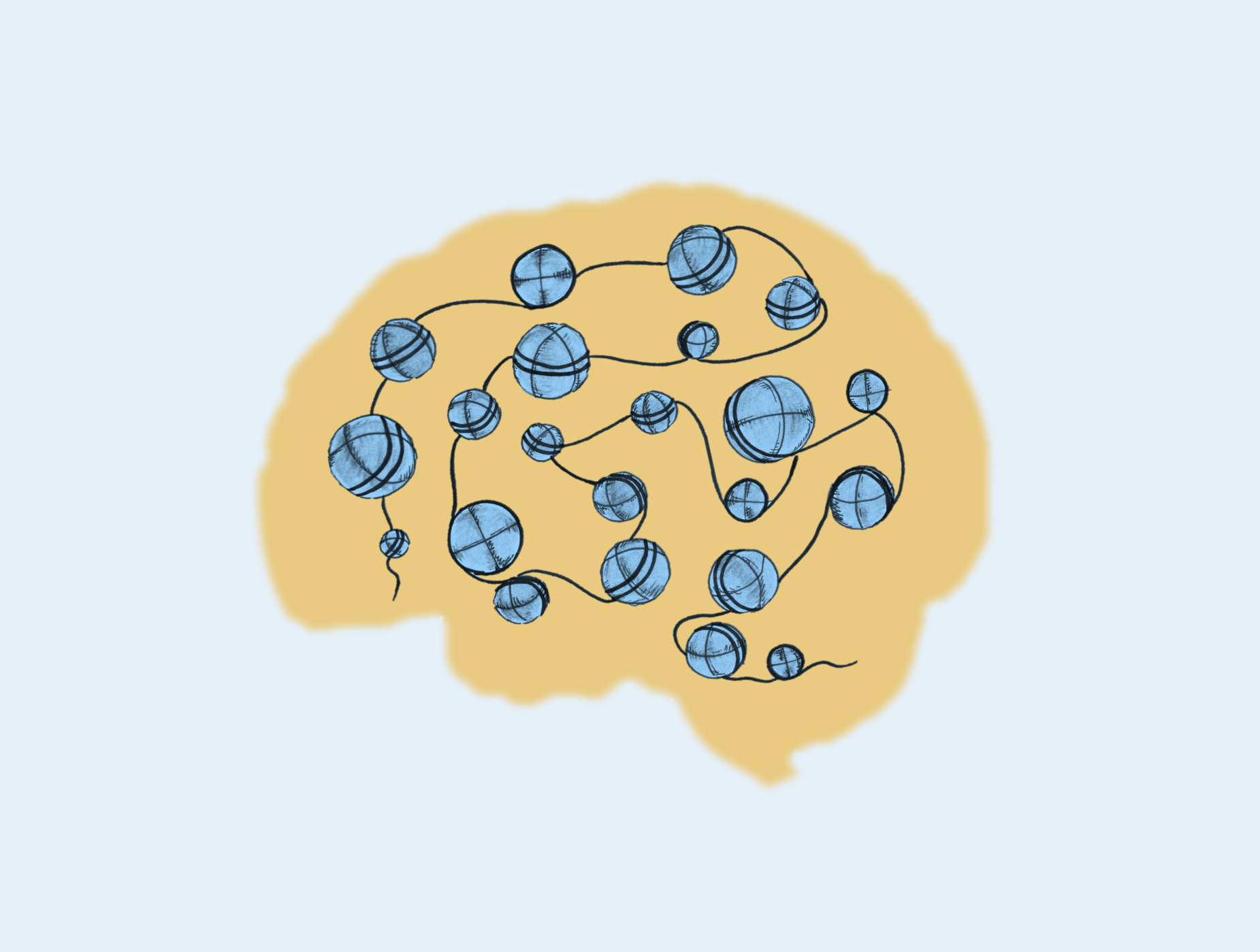NEUROEPIGENETICS
Deciphering the chromatin regulation network of neuronal maturation and plasticity

Chromatin undergoes dramatic changes in the brain during development and aging. These stable and heritable changes are defined as “epigenetic” since they control chromatin biology without altering the DNA sequence. These epigenetic modifications, that mainly consist of DNA methylation and post-translational modifications on histone tails, regulate multiple aspects of brain development and functioning by controlling chromatin structure, gene expression and RNA splicing. As the maintenance of a healthy brain heavily relies on epigenetic mechanisms, chromatin alterations that occur as the brain ages might therefore be important targets to prevent cognitive decline and the development of neurodegenerative diseases e.g. Alzheimer’s and Huntington’s diseases.
Our goal is to understand how epigenetic information is interpreted to orchestrate the complete differentiation, migration and synaptic plasticity of neurons. We also strive to discover whether common and unique chromatin alterations exist among neurodegenerative diseases, with the goal to develop new therapeutic approaches reducing the incidence of these diseases.
RNA SPLICING
Understanding how alternative splicing contributes to the identity of neuronal cells

Alternative RNA splicing events having a major influence on proteomic diversity since over 90% of mammalian multi-exon genes produce more than a single isoform. By excluding or including one or more exons in the final mRNA, certain protein domains may be lost or gained in the encoded protein. This can radically change the functions and activities of some proteins by altering localization signals, sequences for post-translational modifications or interaction sites with other proteins. However, so far, relatively few isoforms have been experimentally identified and studied at the protein level.
Our goal is to investigate the full extent of the relationship between RNA splicing and the isoform proteome in the brain. We aim to identify and functionally characterize protein isoforms that could sustain the survival, differentiation and functioning of neurons.
BRAIN AGING
characterizing the molecular hallmarks of brain aging

Aging is a complex multifactorial biological process that is manifested by a gradual decline of normal physiological functions in a time-dependent-manner. In the brain, a decrease in the number of neuronal cells and a decline in their activities have been observed. These physiological and anatomical impairments observed during brain aging increase the risk of developing neurodegenerative diseases. Unfortunately, the underpinnings of aging are poorly understood, rendering urgent to better characterize the cellular and molecular hallmarks of aging and find innovative ways for preserving the integrity of our nervous system.
Our goal is to understand how, and to what extent, aging and genetic risk factors (familial mutations, allelic variations) affect brain homeostasis. We aim to identify the molecular mechanisms that protect the integrity of the brain, and to develop new therapeutic targets that could improve the lives of older people or those with neurodegenerative diseases.
